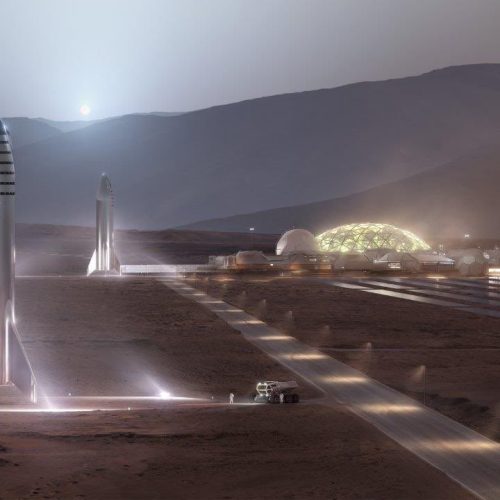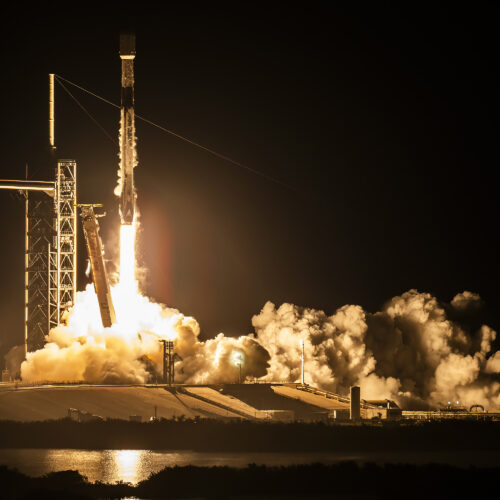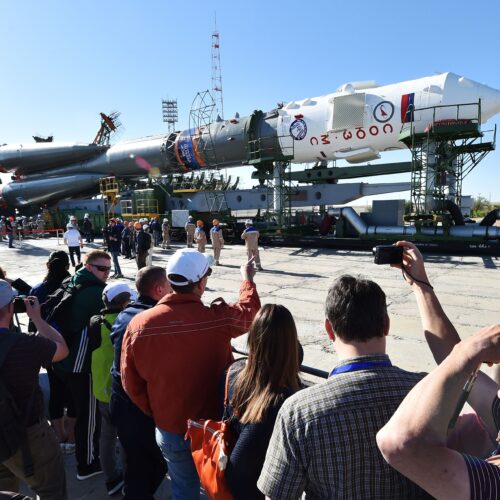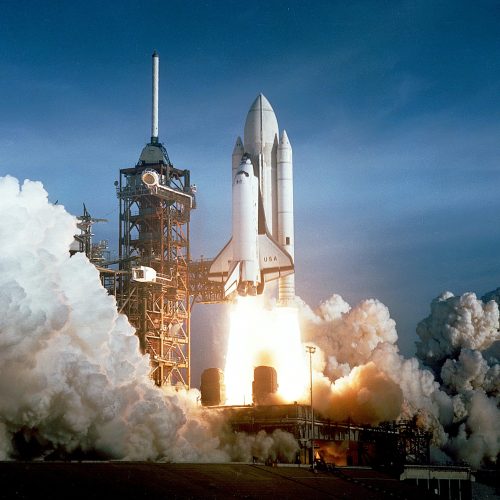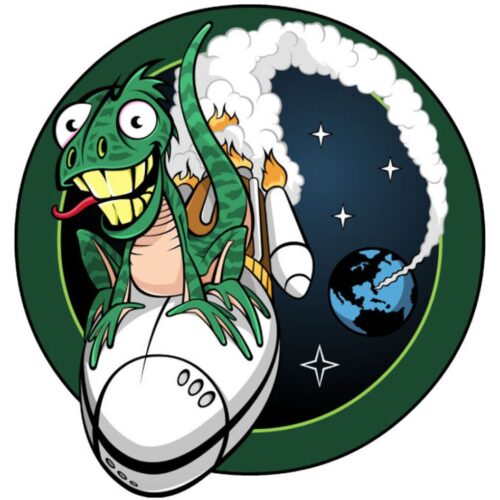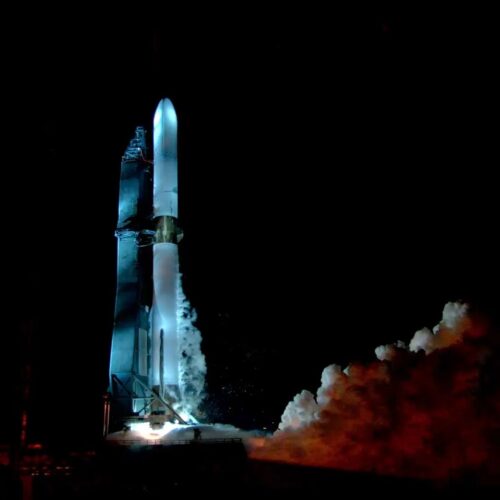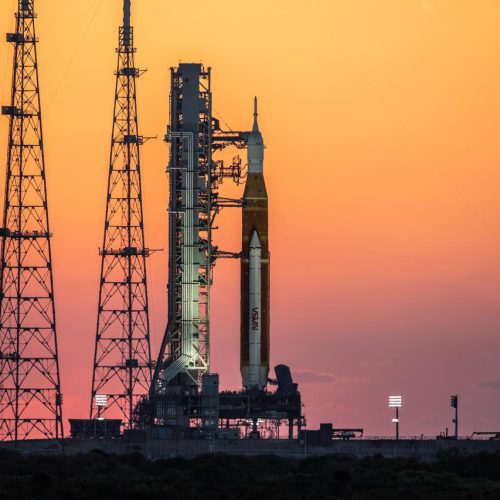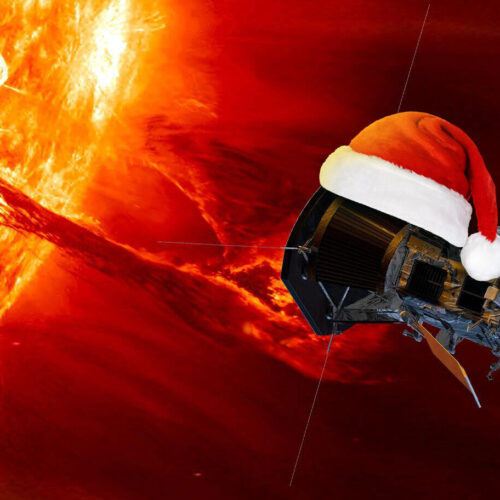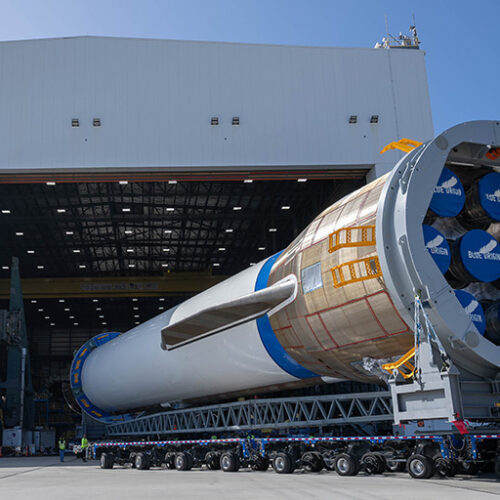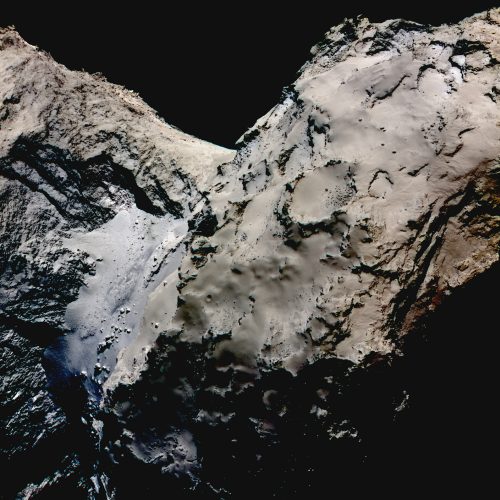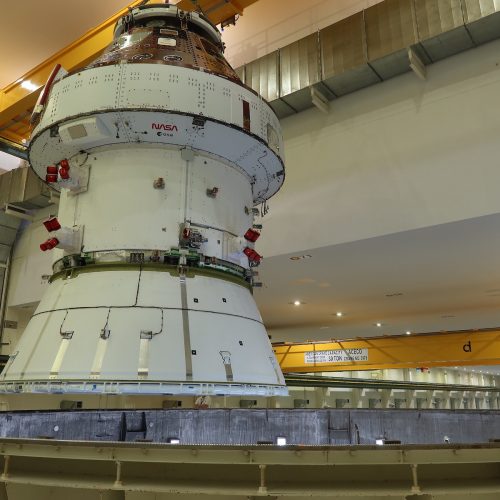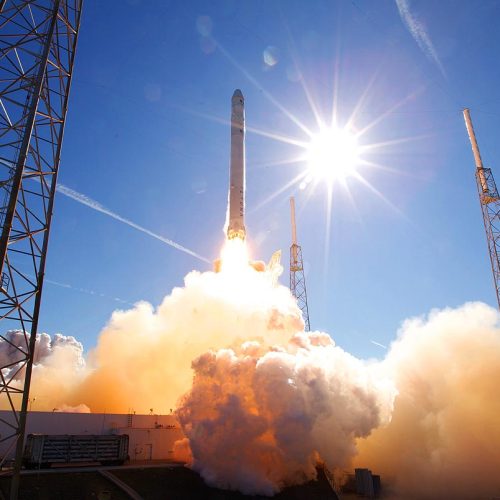Elon Musk: “We’re going straight to Mars. The Moon is a distraction.”
Although SpaceX founder Elon Musk is known for outspokenness and controversial comments on his social media site X, he has been relatively restrained when it comes to US space policy in recent years.
For example, he has rarely criticized NASA or its overall goal to return humans to the Moon through the Artemis Program. Rather, Musk, who has long preferred Mars as a destination for humans, has more or less been a team player when it comes to the space agency's lunar-focused plans.
This is understandable from a financial perspective, as SpaceX has contracts worth billions of dollars to not only build a Human Landing System as part of NASA's Artemis Program but also to supply food, cargo, and other logistics services to a planned Lunar Gateway in orbit around the Moon.


© SpaceX
